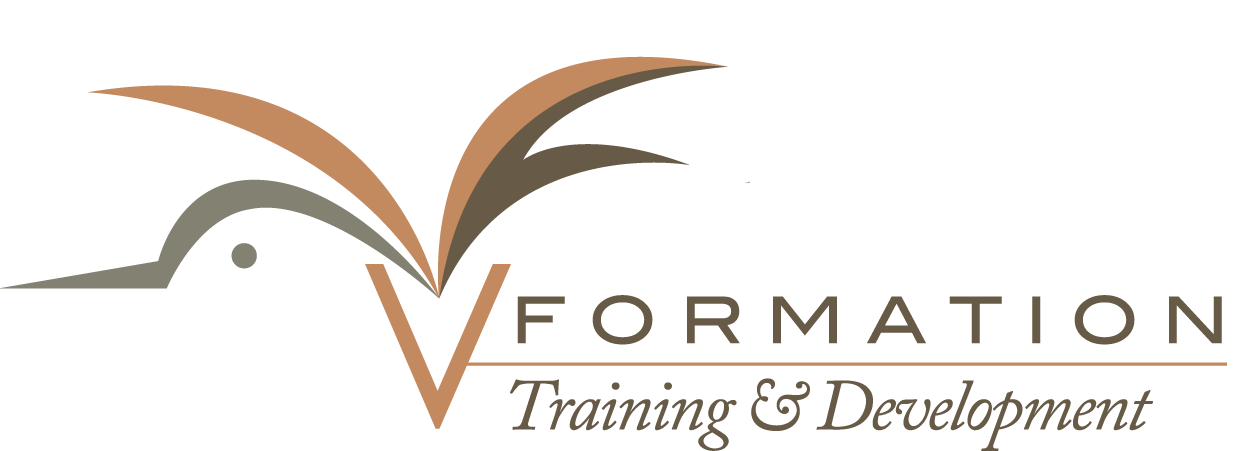Making Remote Leadership Work: Maintaining Synergy and Productivity
Discover how key shifts In Your leadership actions can save you time and create dramatic results for Your team when working from home
Making Remote Leadership Work: Maintaining Synergy and Productivity
Do you currently lead a team virtually or in a hybrid arrangement?
Have you been able to maximize work relationships, productivity and levels of motivation?
How do you manage behaviours when you can’t observe them?

If these have been challenges for you, you are not alone.
For many organizations, the pandemic created new arrangements and for some, it has not been an easy transition!!
-
Employees still need to be clear on expectations !
-
They still need to collaborate !
-
The accessibility of colleagues could be a source of frustration !
-
Leaders cannot consistently observe behaviour !
BUT IT DOESN’T HAVE TO BE LIKE THIS!!
Leaders can navigate the challenges to get the best from their people while working from home
Focusing on the human elements of our working relationships, even when they are remote or hybrid will make a huge constructive impact as we strive to reach our goals.

Making Remote Leadership Work: Maintaining Synergy and Productivity is a dynamic and practical program that is available as both a live and a pre-recorded program that focuses heavily on managing the performance of your employees virtually, keeping in mind that the concepts of individual connections and group dynamics still matter in getting the right behaviors and results.
If you as a leader could realize the importance of maintaining strong connections with your employees through support, guidance, and inspiration even when you work remotely, the outcome will supersede expectations.
What you will learn
PART 1: How different is it? – Your concept of physical presence Leadership
Module 1: Clarifying the “Big Picture”
This module explores the alignment of behaviors and goals and what is different about leading (virtually) in the pandemic.
a. The key questions
b. What is different
c. What are your ideas on what leaders should DO?
d. What are your ideas on how a leader should BE?
e. Adapting to the change
Module 2: The Role of Psychological Safety
This module defines and examines the concept of psychological safety in more detail and its role in dealing with challenges of uncertainty, fear and mistrust
a. How it fits in
b. What role do uncertainty and fear play?
c. What happens to trust?
d. The need to keep connected: collaboration and wellbeing
e. What to focus on going forward
PART 2: Managing Individual Connections
Module 3: Immediate conversations (Re-assessing Goals)
The focus here is on using a model for the immediate conversations that leaders need to have to get the best from their people and to determine what type of relationship they need to develop with the individuals on their team.
a. Using the REAL Conversation Framework.
b. Types of remote relationships (The levels of Integration)
c. Goal re-assessment: The Immediate Conversation Part 1- “The What”
d. Goal re-assessment: The Immediate Conversation Part 2 – “The How”
e. Unconscious Bias
Module 4: The ongoing conversations
In this module, we are going to explore the conversations that support the immediate conversations and are just as important because they serve to develop employees and is an important part of the Performance Management process
a. Types of ongoing conversations
Feedback
Coaching
The Expectations Conversation
The Performance Conversation
The Well Being Inquiry
The “How Am I Doing” Conversation
PART 3: Managing Remote Group dynamics
Module 5: Maintaining Synergy
This module is about exploring how to create a whole that is greater than the sum of its parts.
a. The Group Conversation
b. The 5 Dysfunctions of a Team
Module 6: Accountability and Motivation
This module is about making sure that clarity is in place so that employees not only know exactly WHAT they have to achieve but what they must value when getting things done. It also focuses on what they have to remember to do as leaders to maintain the level of MOTIVATION required to maximize productivity.
a. The value of accountability
b. How can we measure behavior?
c. Keeping employees motivated

